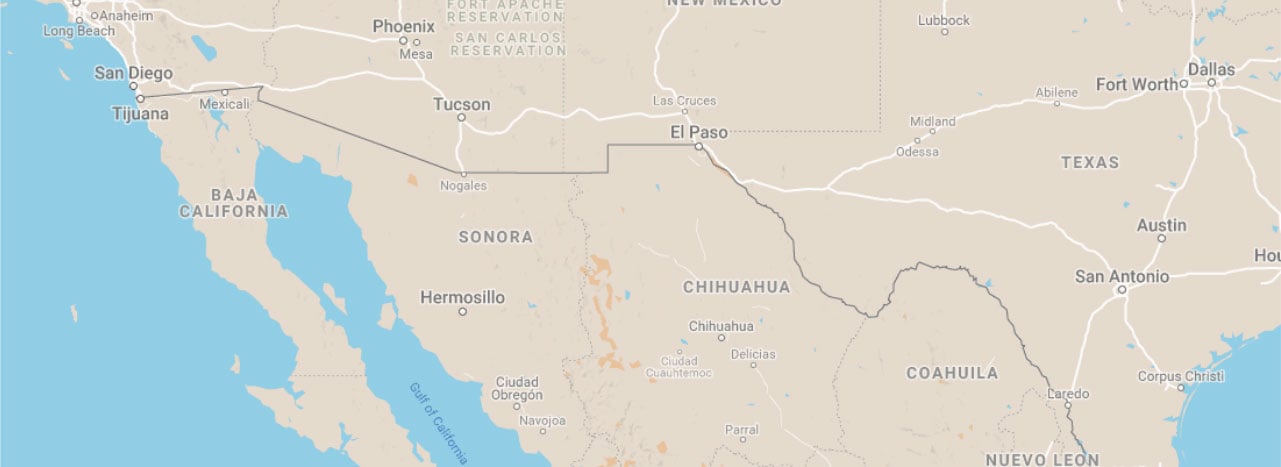Rio Bravo, Tamaulipas, Mexico
Rio Bravo, Tamaulipas, MexicoWater Distribution and Wastewater Collection and Treatment Project in Rio Bravo and Nuevo Progreso, Tamaulipas
Project Status: Completed

General Information
Sector
Water and wastewater
Sponsor
Comision Municipal de Agua y Alcantarillado de Rio Bravo (COMAPA-Rio Bravo)
Benefited population
93603
Certification date
May 12, 2008
Financing
Project cost
US 29.21M
NADBank Funds
US $3.1 million - Loan US $12.7 million - BEIF grant
Related documents
Background
Water coverage is currently at 87% in Rio Bravo and 95% in Nuevo Progreso. Rio Bravo obtains its water supply from the Anzalduas Canal, which reaches the city after passing through Reynosa. Water is pumped to the water treatment plant, which currently produces about 9 million gallons a day (mgd). Nuevo Progreso’s water supply is pumped directly
from two wells located within the city limits. Normal population growth has made it necessary to increase intake and treatment capacity at the water treatment plant and to add a third well in Nuevo Progreso.
However, the lack of an adequate water distribution system in various areas of both communities represents a major contamination risk. Low water pressure increases the likelihood for cross-connections that may allow contaminated water to enter the system, while the lack of chlorination allows for bacteria growth in the lines.
Wastewater collection coverage is low for both communities. In Río Bravo, 66% of residents have sewer service; however, there is no wastewater treatment, so the collected wastewater is discharged untreated into the Río Bravo Canal, which eventually empties into the Laguna Madre.
In the case of Nuevo Progreso, just 30% of the population is connected to a wastewater collection system which flows to a wastewater treatment plant built in 1982. However, the useful life and design capacity of this plant was exceeded ten years ago. The facilities are completely deteriorated and out of service, so the wastewater collected in Nuevo Progreso is discharged without treatment into an agricultural drain that empties into the Rio Grande.
Residents in both communities whose homes are not connected to the wastewater collection system use unregulated on-site systems for their wastewater disposal, posing a potential risk for contamination of the potable water lines and groundwater resources.
Description
The project consists of the expansion and rehabilitation of the water distribution and wastewater collection systems, as well as the construction of a wastewater treatment plant (WWTP) to serve both communities. Specifically, it includes:
- Construction of a lagoon-based wastewater treatment plant, with the capacity to treat approximately 5.48 mgd.
- Construction of conveyance systems to carry the wastewater from each community to the plant, including two lifts stations and two force mains.
- Expansion and rehabilitation of the wastewater collection systems in Río Bravo and Nuevo Progreso
- Expansion and rehabilitation of the Río Bravo water system
Benefits
This project will reduce environmental and health hazards associated with inadequate sewage disposal by eliminating a source of raw wastewater discharges into the Rio Grande, thus providing a cleaner environment for local residents, as well as a safer and healthier water supply for downstream communities on both sides of the U.S.-Mexico border.